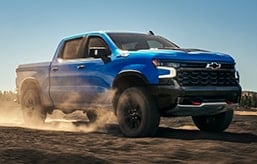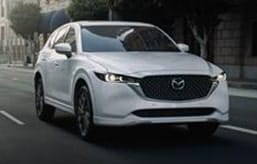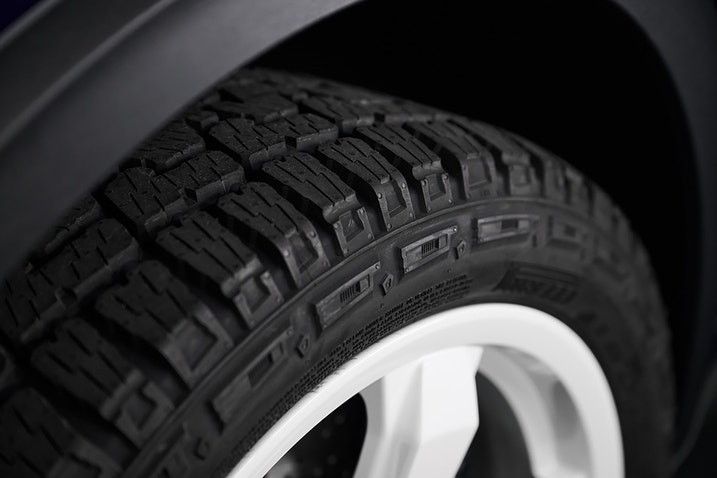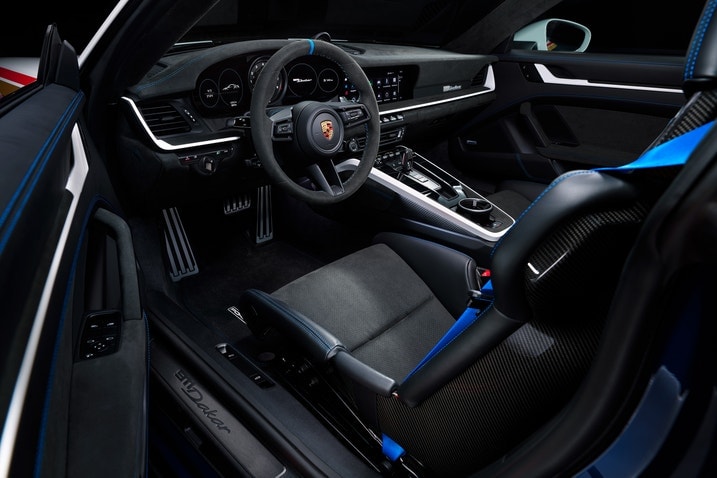- The Porsche 911 Dakar was built for off-roading, but let's be honest: Most of these cars will never see a spec of dirt.
- The lifted suspension, softer-sidewall tires and retuned dampers should make this 911 a more comfortable daily driver, right?
- We put a 911 Dakar through our full testing regimen to find out.
2024 Porsche 911 Dakar Tested: Better Off Dirty
How do the 911 Dakar's off-road enhancements affect its on-road performance?
Motorsports heartthrob Dario Franchitti bought a Porsche 911 Dakar late last year, and in a pretty perfect spec, too: Comfort seats, upgraded stereo and a very demure Brewster Green paint job. "Anyone who drives on UK roads knows how absolutely crap they are," Franchitti told the world in an Instagram post. "I think I've found the answer."
Turns out, we had the same logic. The Dakar's all-terrain tires, retuned suspension and raised ride height give it the necessary chops to blast up sand dunes and slide along gravel roads, but we also suspected it'd be able to pull off comfy-cushy daily-driving duties. Driving this car in Morocco is a singular use case; what's it like on the lousy 405 freeway?
Plenty quick, and the changes are extensive
The 911 Dakar shares a lot of its mechanical underpinnings with the 911 Carrera 4 GTS — that is, the outgoing non-hybrid version. Power comes from a 3.0-liter twin-turbo flat-six engine, sending 473 horsepower and 420 lb-ft of torque to all four wheels via an eight-speed automatic transmission. In our testing, the 3,627-pound Dakar ran from 0 to 60 mph in 3.3 seconds and completed the quarter-mile dash in 11.6 seconds at 116.9 mph. Those are impressive stats, but we fully expected this caliber of performance. After all, the standard 911 GTS is no slouch.
Compared to the aforementioned GTS, the Dakar has a 2-inch increase in ground clearance, and the underside of the front fascia has been shaved away to give the coupe a better approach angle. No, you won't be rock-crawling in this thing, but if you've ever been to Los Angeles, you're familiar with our notoriously steep — and abrupt — freeway on-ramps, driveways, etc., and being able to turn at a decent pace and not slam on the brakes to avoid scraping a vehicle's chin is clutch.
The Dakar's suspension has longer links to allow for increased wheel travel, and the dampers are a little bit softer. You can raise the ride height by an additional 1.2 inches — giving you 7.5 inches of ground clearance in total — thanks to a pair of hydraulic suspension lifts, one at each axle. They're actually the same nose-lift hydraulics you get on other 911s, there's just an extra one for the Dakar's rear end.
Finally, the Dakar's other big change is the standard set of Pirelli Scorpion all-terrain tires, fitted in a staggered 245/45R19 front and 295/40R20 rear setup. Don't want 'em? That's fine; summer tires are optional.
That said, those meaty all-terrrain tires certainly take their toll as far as on-road handling and braking performance are concerned. At our test track, the 911 Dakar registered 0.98 g on our 200-foot-diameter skidpad, which stands in sharp contrast to the 1.12 g we got from a 911 Carrera 4 GTS wearing Pirelli P Zero performance tires. For comparison, 0.98 g is the same measurement we got on cars like the BMW XM, Hyundai Elantra N and Polestar 2. Not exactly the traditional 911 competitive set.
Braking performance saw a similar discrepancy. The 911 Dakar needed 112 feet to stop from 60 mph, compared to 96 feet in the Carrera 4 GTS — and that's despite the only 39-pound difference between these two testers.
Rough road blues
Of course, the Dakar and GTS exist to serve two different customers, and we're not here to make apples-and-oranges comparisons. Besides, the all-terrain tires, added ride height and tweaked suspension all make the Dakar a more comfortable and compliant daily driver, right?
Actually, no. Several of us were shocked at just how similar the Dakar's ride quality was to other 911s we've tested, with none of the extra suspension travel or cushier damping we were expecting. Running the Dakar with its hydraulic axle lifts activated — something you can do at pretty much all legal speeds — didn't seem to help, either, and in fact, only made the coupe less comfortable on the roads near our Santa Monica headquarters. The axle lift increases the car's ride height, but it doesn't give the suspension any more travel or compliance.
What's more, the all-terrain tires howled with road noise at all times, contributing to the fact that the Dakar was 1.5 decibels louder inside at 70 mph than the 911 Carrera 4 GTS we previously tested. Combined with the single-piece carbon-fiber bucket seats — the ones our dude Dario smartly did not get — it all made for one of the least-friendly 911s we've put through daily driving duties.
This isn't Dakar you're looking for
The Porsche 911 Dakar starts at $223,450, including $1,450 for destination, but our test car arrived wearing a $257,930 sticker thanks to a few optional extras, plus that — deep breath — $28,470 Rallye Design package livery. For those keeping track, that makes the Dakar more expensive than the 911 Turbo, and our tester cost $15K more than a 911 GT3 RS.
Want the best 911 for crummy roads? Stick with the base Carrera. The Dakar is cool, but it just isn't that car. Wonder how often Franchitti actually drives his.







 by
by  edited by
edited by